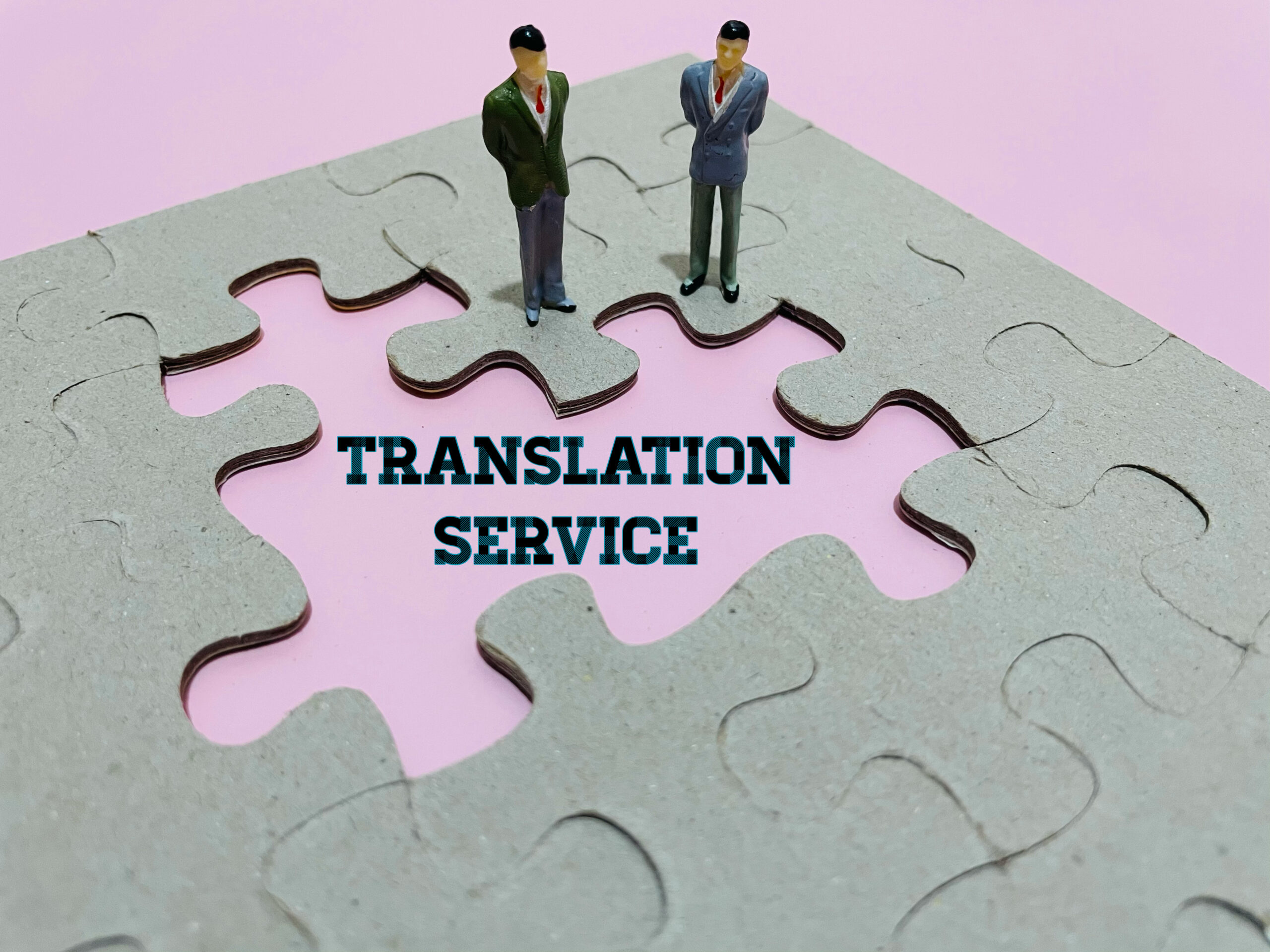The Marshallese language is a member of the Austronesian language family. Also, it is a Micronesian language and is often known as Ebon too. This language is spoken by the ethnic Marshallese people and the whole island speaks it as their native language. There are up to 59,000 speakers of this language and interestingly all of them can speak it. Moreover, as per the survey and estimate, there is a population of 27,000 people who are settled in the United States. Other countries that have speakers of the Marshallese language are Nauru and Kiribati.
Dialects of Marshallese language
This language has two major dialects which are important for translators and businesses to know who tend to seek Marshallese translation.
- Western Ralik
- Eastern Ratak
Marshallese as mentioned above is a Micronesian language and also a member of the eastern oceanic subgroup. All other Micronesian languages including Gilbertese, Nauruan, Pohnpeian, Mokilese, and Kosraean are the closest linguistic relatives of the Marshallese. There is up to 50% lexical similarity of the Marshallese language with its relative languages including Gilbertese Pohnpeian and Mokiliese.
Evolution of the language
There are 34 atolls that exist in the Republic of the Marshall Islands. These are further divided into two chains. These are its dialects which are
- Eastern Ratak Chain
- Western Ralik Chain
These have different dialects which differ lexically and are also mutually intelligible. Moreover, it is also important to mention that the atoll of Ujelang in the west was reported to have slightly less homogenous speech. However, it has been uninhabited since 1980. Both these dialects have their differences. The main variation exists with the stem that starts with the double consonants.
For instance, kkure a stem ‘play’ becomes ikkure in Ralik Marshallese and kukure in the other dialect which is Ratak Marshallese.
Current status
Marshallese is a happening language and is widely popular in the Marshall Islands. According to the 1979 survey statistics suggest that this language had 43,900 speakers. However, the number reached 59000 soon in 2020. The speakers of this language living abroad are other than this number. There are up to 27,000 Marshallese Americans who are residing in the USA and hence Marshallese translation services can help you as a business to get through the expectations and preferences of relevant speakers.
Consonants
Marshallese language is rich in consonants. It rather has a consonant inventory. Every consonant comes with a secondary articulation. This articulation is in three forms which are
- Palatalization, these are light consonants.
- Velarization
- Rounding
Palatalization has light consonants and velarization has heavy and rounded consonants. Among all articulations, they use light consonants comparatively much and they also consider relaxed articulations.
There is not much voicing in the Marshallese consonants. These are partially voiced while between the vowels and germinated. Moreover, it is important to note that the Marshallese language has no phoneme. It is also important to mention that a few consonants of the Marshallese language such as /rʲ/, /rˠ/, and /rʷ/ are a bit similar to Spanish rr.
Vowels
When it comes to vowels there is a vertical vowel system and it comprises four vowel phonemes. Each of them has several allophones that depend on the relevant consonants. Most linguists agree on this point that vowel phonemes are distinguished by height. They further explore the abstract nature of the phonemes in their research.
Grammar
In order to work on the Marshallese translation, first it is important to look for a professional translation company and secondly, it is evident to ensure that translators are native speakers and understand the language and its grammar well. Little proficiency might not work in the case of the Marshallese language for the translation.
Marshallese grammar is different because nouns do not reflect the number, gender, and case. Also, nouns are not taken as nouns in this language. nouns get verbalized and are often used as verbs.
Tapping the Marshall Islands with translation services
The United States has always tried to support the Marshall Islands. They get assistance from the states in the form of lease payments and there are US military bases there as well. The islands are also good at agricultural production, with primary subsistence concentrated on small foams. The most famous offerings of the country are coconuts and breadfruit. Moreover, they have a good industry in handicrafts, tuna processing, and copra. The Marshall Islands also offers great potential for tourism companies. Islands and their atolls have natural resources and also deal in import exports. Moreover, Marshal Islands also get aid from the United States and have been getting it since 1968 under certain compacts.
Businesses and companies can surely explore the Marshal Islands as a potential market with the help of an effective process of globalization. Hiring a professional translation agency in this regard can assist in getting through the process more swiftly.
Conclusion
Marshallese is a language of the Marshal Islands. It is a Micronesian language and has up to 59000 speakers. Everyone on the islands can speak this language. Marshal Islands are home to unique handicraft products along with coconuts and breadfruit. Tapping this market can get easier with translation services




